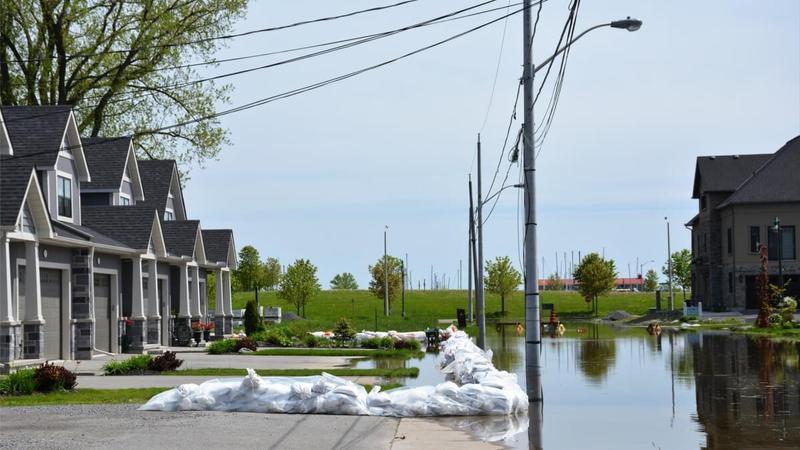Whether you live in a flood zone or not, you should know how to protect your home against severe weather damage. This year alone, according to the Insurance Bureau of Canada (IBC), insured damage is estimated at $53 million in Ontario due to winter storms. How? Why? It is due to extreme cold in the winter followed by warm weather in early spring. This creates heavy rain, snow melts, ice jams, and boundless flooding. Though it is a spectacle to watch on the evening news - it can also cause considerable damage. Is your home protected?
There is no good time to have water damage in your home
The seasonal thaw generated a tsunami of weather-related devastation to buildings and property across the province. One might naively think "It will never happen to me" but it happens. More often than you think. This year, homeowners experienced serious water damage including burst pipes, basement leaks, and sewer backups. There is no convenient time to have sewer back up is there?!
Apart from the gross-factor of sewer back-ups (imagine the odour!) there are also health factors to contemplate. As well, think about the lifestyle and living implications of being in a home with flooding and leaks. Can the kids go downstairs? Will the furnace be affected? What about the property damage?
How to protect your home against severe weather damage
While you can't negotiate with Mother Nature about her wrath, there are steps you can take to minimize her potential damage.
Consider these 4 steps (gathered from the IBC) to safeguard your home.
1. Take preemptive precautions to minimize the effects of severe weather to your home.
This may include:
· Checking to see if your property is located in a high-risk flood zone (and learning what you can do to protect it)
· Ensuring tree roots are not causing potential blockages (and if they are - call in a specialist to fix the situation)
· Keeping floor drains free of items which may block them (i.e. flooring installed over top of drains. Think: carpet, laminate, wood)
2. Keep an up-to-date inventory of your home's belongings (i.e. furniture, valuables, electronics, etc...)
3. Store important documents (like passports, birth certificates, insurance policies, irreplaceable photographs, that up-to-date inventory as discussed in #3, etc...) in a place which will keep them protected from damage.
4. Read your current home insurance policies. Investigate your coverage for water-related damage and flooding. It is important to know what your current policy includes and excludes in the event of broken pipes, leaks, and the ever unwanted sewer back-up. Some insurers now offer optional flood and/or sewer backup coverage as an add-on - so you may be able to simply add this feature to your current policy with just a phone call. Your future self will thank you for doing due diligence now.
You may also want to consider getting up-to-date insurance rate quotes to ensure you have the protection you need. At InsuranceHotline.com you can compare home insurance quotes from over thirty trustworthy insurance brands in one simple step.
